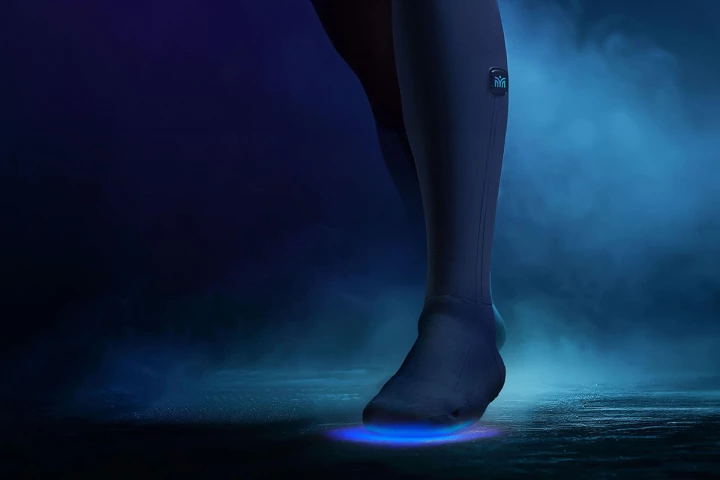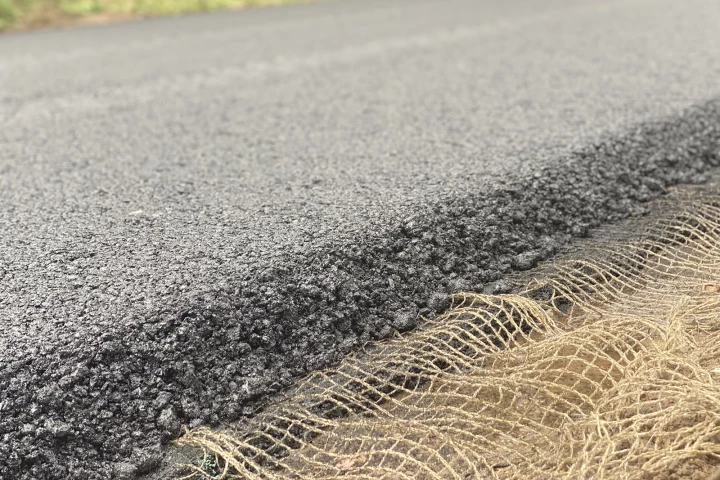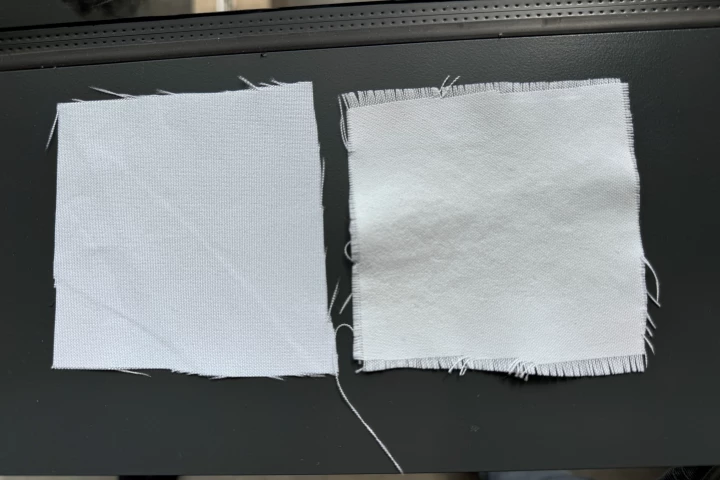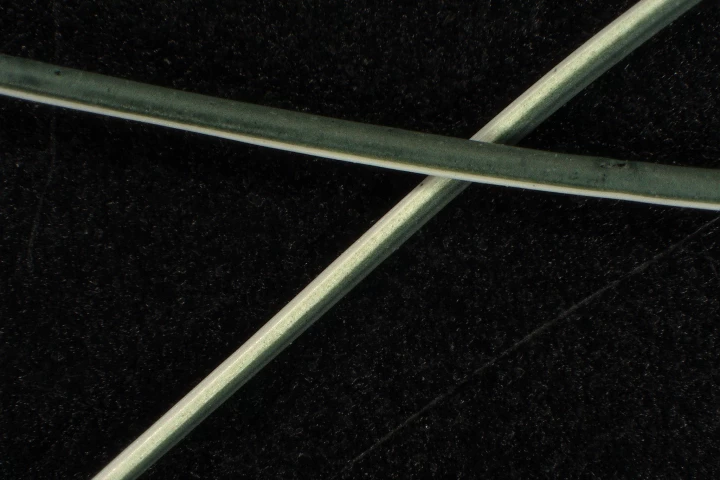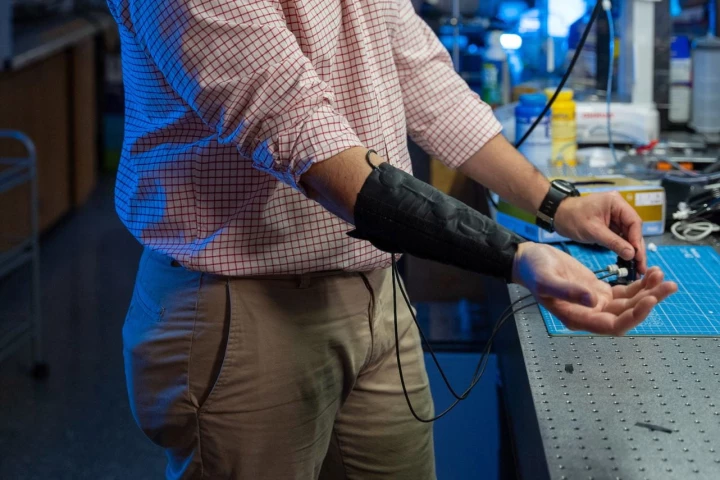Smart Fabric
-
Researchers in Switzerland have stuffed a bunch of chips and sensors into socks to help people who suffer from some of the worst symptoms of diabetes – chronic pain and a loss of sensation in the feet that make it hard to walk.
-
While it's important to monitor the condition of paved roads, keeping an eye on the surface will only tell you so much. You also need to know what's going on with the underlying asphalt, which is where a layer of electronic fabric is made to come in.
-
We've heard about clothing that could be used to control devices via finger taps and swipes on the fabric. The tech sounds impressive, but it does have some limitations. That's where a new "touchless" finger-gesture-detecting fabric comes in.
-
When it comes to keeping cool on hot days, it's not so much a matter of wearing less clothing as it is a matter of wearing the right clothing. A new fabric coating could help in that regard, and it's essentially made of chalk.
-
Soft materials and stiff materials both have their uses, but the two properties typically aren't seen in one substance. RoboFabric is an exception, then, in that it can be switched back and forth between soft and stiff states.
-
There may be new hope for people with noisy neighbors. Scientists at MIT have developed a method of using thin sheets of fabric to either cancel or block sound – in the latter case, the racket even gets reflected back to its maker.
-
Custom-fit clothing is usually quite expensive, but perhaps it doesn't have to be. MIT's 4D Knit Dress is an example of a new type of clothing that a robot could selectively shrink to fit the wearer, perhaps right in the store.
-
While there are already clothing materials that help keep wearers cool simply by allowing heat to escape, an experimental new fabric coating goes a step further. Utilizing a whole bunch of nanodiamonds, it actually draws heat away from the body.
-
Electrically conductive "smart fabrics" have many potential applications, but their specialized fibers typically aren't as soft and flexible as those made of regular materials. An experimental new fiber, however, is both flexible and conductive.
-
Researchers have created a low-cost fiber that contracts in response to heat, resuming its shape when the heat is removed. Compatible with existing textile-producing machinery, the shape-shifting fiber could have a myriad of uses.
-
Haptic feedback systems, in which users receive tactile signals, definitely show a lot of promise … but they can be electronically complex. An experimental new setup makes things simpler, by incorporating pneumatic pouches into wearable sleeves.
-
While it's often important for doctors to monitor a patient's physical activity throughout the day, placing cameras in their home is an obtrusive way of doing so. Scientists have now developed an alternative, in the form of activity-tracking pants.
Load More
